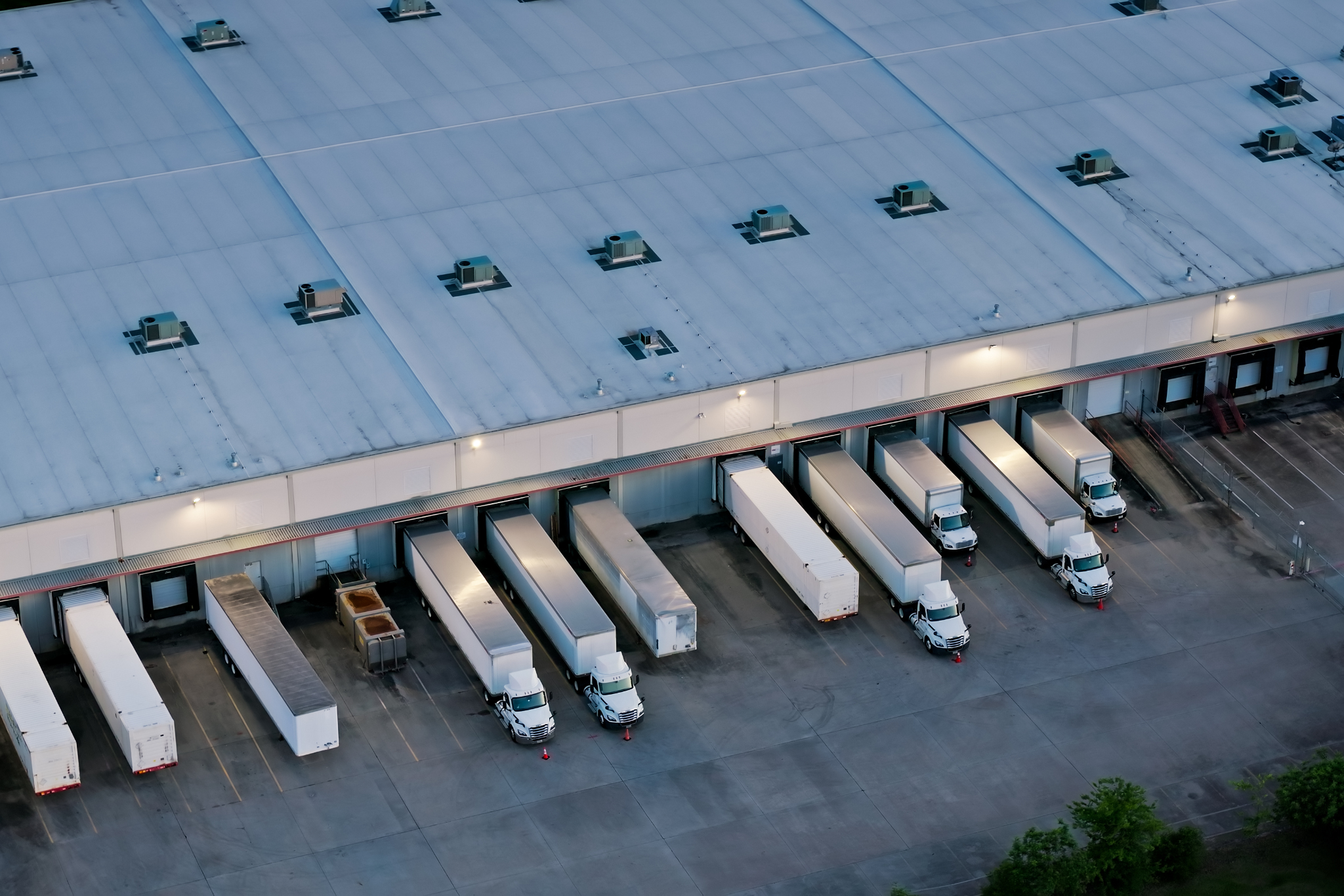Discover how warehouse layout optimization improves throughput, reduces congestion, and ensures smooth operations during peak season surges.

When peak season hits, every second counts. Orders surge, aisles get crowded, and even the most experienced warehouse teams can struggle to keep up. The difference between chaos and control often comes down to one factor, warehouse layout optimization.
A well-designed warehouse layout doesn’t just improve efficiency; it enables seasonal fulfillment agility, ensuring your operation can handle sharp demand spikes without sacrificing accuracy or speed.
Whether you’re preparing for holiday shopping, back-to-school demand, or unexpected e-commerce surges, the right design strategy can make all the difference.
Why Peak Season Performance Depends on Smart Layouts
During high-volume periods, bottlenecks emerge quickly, too many pickers in one zone, slow replenishment cycles, or inefficient material flow between inbound and outbound areas.
A static warehouse layout simply can’t adapt fast enough. Instead, facilities need flexible, modular designs that can shift with changing order profiles and product mixes.
Optimized layouts help warehouses:
- Reduce travel time between picks.
- Improve order accuracy and speed.
- Eliminate traffic congestion in critical zones.
- Maximize throughput without expanding the footprint
- Support temporary labor more effectively with logical workflows.
Layout optimization transforms space into performance, a must for any operation facing seasonal swings.
Key Strategies for Warehouse Layout Optimization
Peak season success begins months before the rush. The following design strategies prepare your warehouse to perform under pressure.
1. Dynamic Slotting for Seasonal Fulfillment
Not all products move at the same rate year-round. Dynamic slotting uses data-driven analysis to reposition fast-moving SKUs closer to packing stations or in easily accessible zones during high-demand periods.
By prioritizing products with the highest order frequency:
- Travel distances drop significantly.
- Pick rates improve.
- Replenishment time is minimized.
When peak season ends, items can be re-slotted to return to normal operating flows, keeping your facility adaptable all year long.
2. Streamlined Material Flow
Peak season often exposes inefficiencies in material flow, particularly when multiple order streams (e-commerce, retail replenishment, returns) converge.
A layout that supports one-directional product flow, from receiving to storage, picking, and shipping, reduces backtracking and traffic jams.
Cross-docking areas, clearly marked travel lanes, and separated pick paths for AMRs (Autonomous Mobile Robots) and human workers further improve movement efficiency and safety.
3. Modular and Flexible Zones
Warehouse zones shouldn’t be fixed; they should flex. Modular racking systems, mobile workstations, and scalable automation allow facilities to quickly reconfigure zones to accommodate:
- Increased SKU variety.
- Promotional inventory.
- Temporary staff.
Flexibility ensures that no square foot goes underutilized, even during volume surges.
4. Ergonomic and Safe Workflows
In peak season, speed must never come at the cost of safety. An optimized layout includes clear signage, ergonomic pick stations, and safe traffic paths to prevent collisions and strain injuries.
Well-designed ergonomic zones not only reduce downtime but also help retain temporary and seasonal workers who value efficient, safe environments.
The Role of Technology in Layout Optimization
While physical layout changes drive major improvements, data and digital modeling amplify the results.
Simulation tools, digital twins, and warehouse management systems (WMS) can:
- Identify high-congestion areas before they cause slowdowns.
- Model how product slotting changes affect pick time.
- Balance workloads across zones for maximum throughput.
This proactive visibility allows teams to refine layouts continuously, not reactively, keeping performance high even when demand spikes.
The Tompkins Solutions Approach
At Tompkins Solutions, we understand that a high-performing warehouse is built, not improvised. Our engineering and operations experts design data-backed, scalable layouts that enhance throughput, reduce waste, and position your facility for long-term success.
From dynamic slotting strategies to modular layout design and simulation modeling, Tompkins helps distribution centers prepare for both the predictability and unpredictability of peak season.
Our approach ensures your warehouse operates at full potential when it matters most, with optimized flows, reduced congestion, and seamless coordination between people, automation, and inventory.
Prepare Your Warehouse for Peak Performance
The difference between surviving and thriving during peak season comes down to preparation and it starts with how your warehouse is designed.
A layout built for flexibility and efficiency doesn’t just help you handle today’s surges; it positions your business for tomorrow’s growth.
Ready to optimize your warehouse for peak season? Partner with Tompkins Solutions to design a smarter, more adaptable warehouse layout that performs under pressure and scales with success.
Visit Tompkins Solutions to start your warehouse optimization journey.
How can we help improve your supply chain operations?
Schedule a consultation or contact Tompkins Solutions for more information.

Featured Posts
Discover valuable resources to enhance your knowledge.





